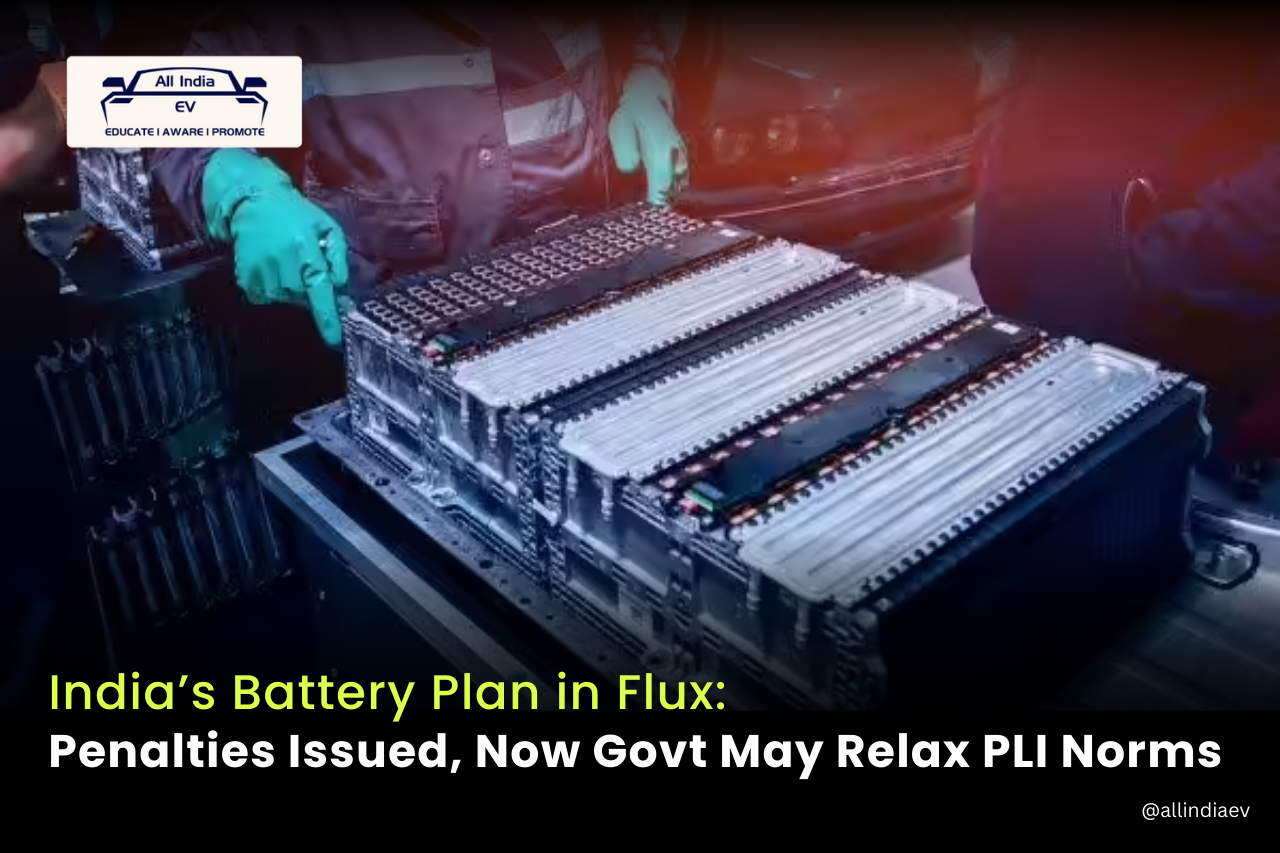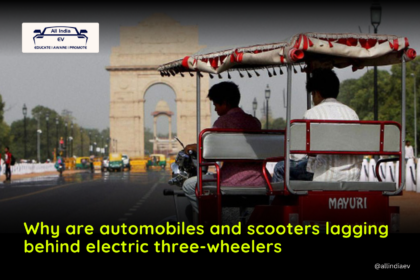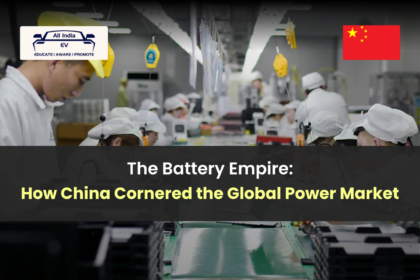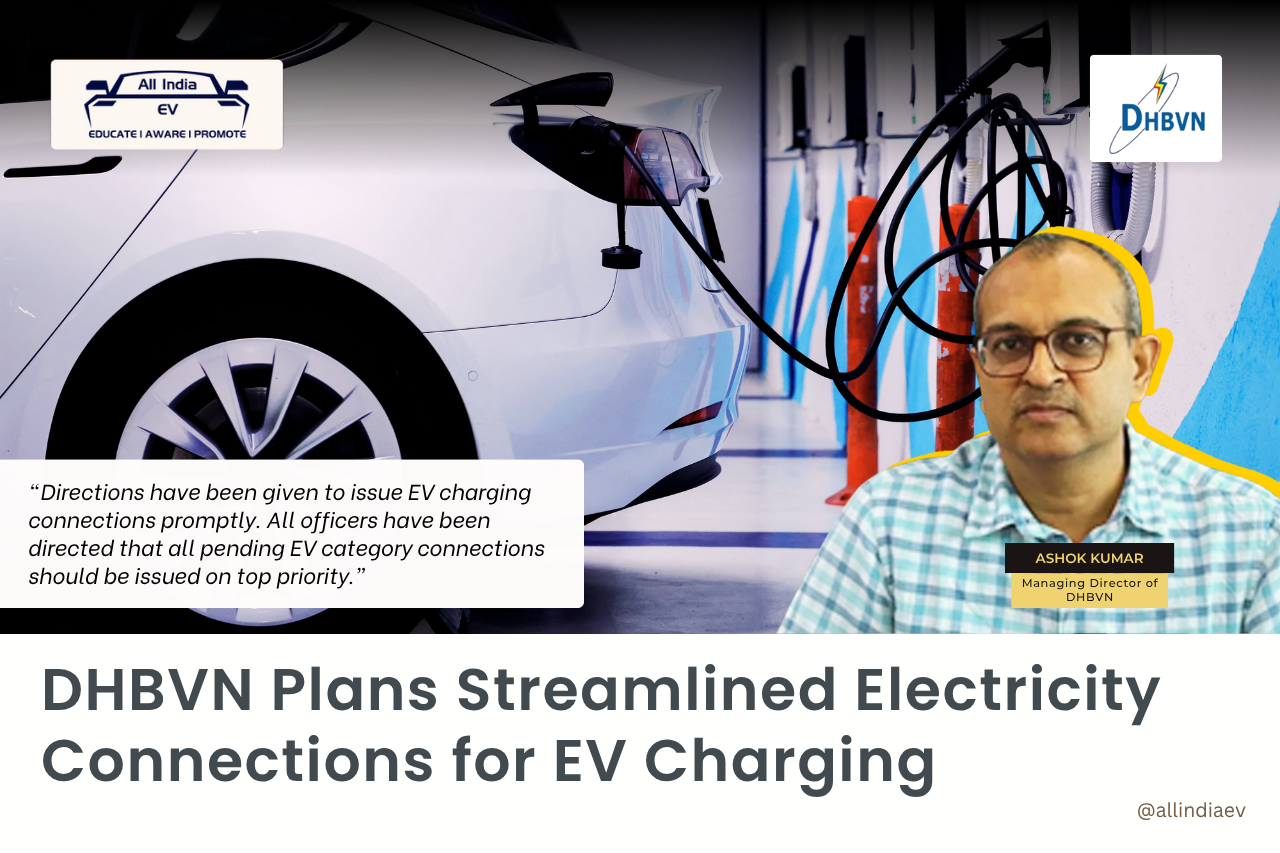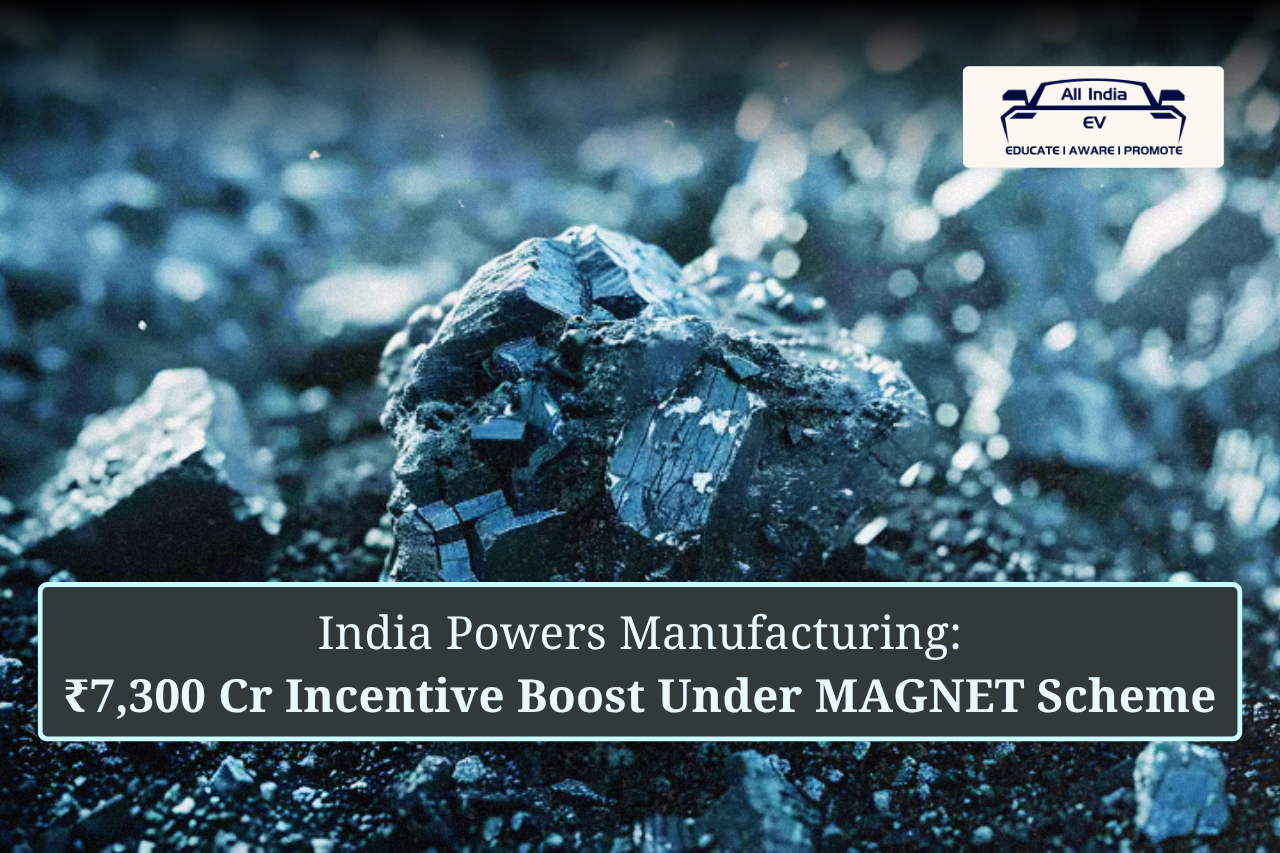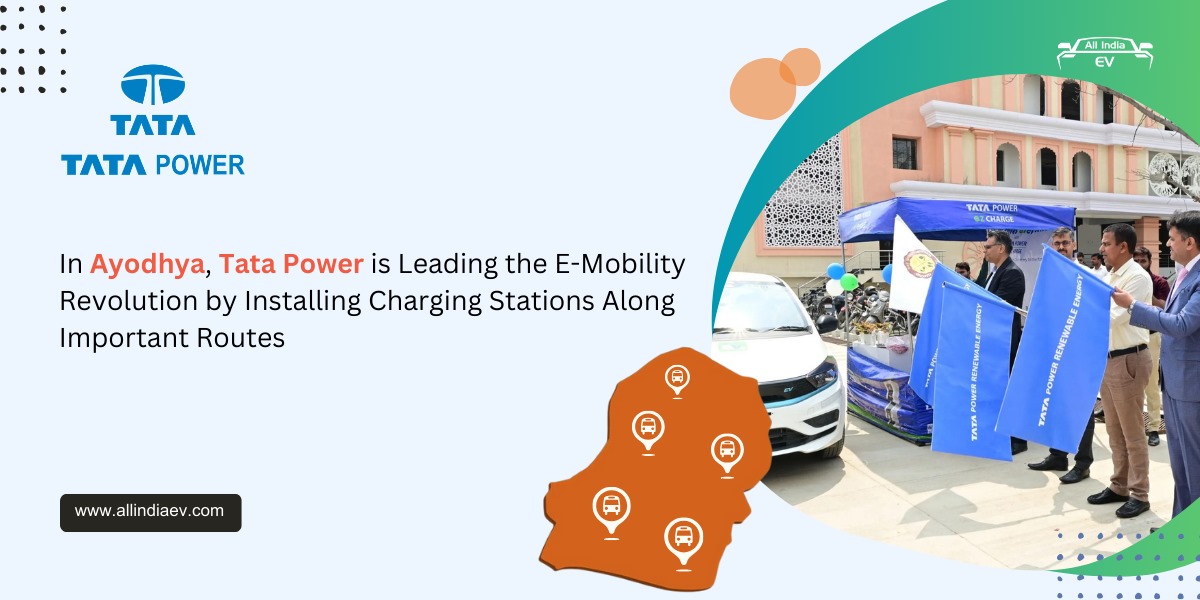Market Insights
Government Considers Relaxations as India’s Made-in-India Battery Push Faces Delays
India’s high-profile effort to build large-scale domestic manufacturing capacity for advanced chemistry cells (ACCs)—a critical component for electric vehicles and…

Electric Three-Wheelers Surge Ahead as India’s EV Shift Accelerates: Why Cars and Scooters Still Lag
EVs Dominate India’s Three-Wheeler Market, but Lag in Cars and Two-Wheelers—What’s Driving the Massive Adoption…
How China Surged Ahead in the Global EV Battery Race: A Deep-Dive Into the World’s Most Advanced Clean-Tech Ecosystem
From Two Makers to Global Powerhouse: How China Grew to Produce Over 75% of the…
Adani Group Enters Battery Energy Storage Sector with One of the World’s Largest Single-location BESS Projects
In a landmark announcement, the Adani Group has revealed its strategic entry into the Battery…
Exicom posts strong Q2 performance on solid India growth, charts a disciplined path for scale-up
New Delhi, November 10, 2025: Exicom Tele-Systems Limited (BSE: 544133 | NSE: EXICOM), one of…
Greaves Electric Mobility Is Quietly Winning India’s EV Game, And Most People Haven’t Noticed
While the EV chatter lately has revolved around flashy unveilings, celebrity endorsements, and high‑octane ad…
Andhra Pradesh to Electrify Entire RTC Fleet Under New E-Mobility Policy
Andhra Pradesh to Build EV Charging Stations, Support E-Mobility Startups, and Align with National Clean…
EVs Losing Value Fast: Global Depreciation Crisis Hits Fleets and Consumers Alike
Plummeting EV Resale Values Threaten to Derail Global Transition to Electric Transportation and Undermine Consumer…
Are India’s EV chargers safe? Chinese-made components raise fresh cybersecurity alarms
Volza Data Reveals 80–85% of EV Charger Components in India Imported from China, Highlighting Heavy…
DHBVN Prioritises EV Charging Connections to Boost Haryana’s Electric Mobility Network
DHBVN MD Ashok Kumar Garg directs officers to prioritise and promptly issue all pending EV…
India Approves ₹7,300 Crore Magnet Scheme to Boost Domestic Rare Earth Production for EVs and Clean Energy
India Targets 6,000 Tonnes Rare Earth Production by 2030 to Cut China Dependence and Boost…


